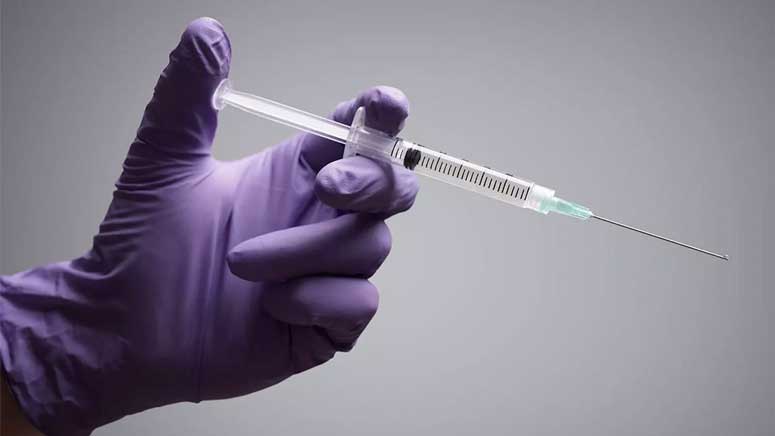Deep vein thrombosis (DVT) is a severe condition caused by the formation of blood clots in veins found deep in the body. A blood clot is an aggregation of blood that has turned into a solid state.
Clotting of blood in deep veins mostly occurs in the thigh or lower leg. In some cases, they are seen in other parts of the body. Other names associated with this condition may are:
- Post-thrombotic syndrome
- Thromboembolism [1]
- Postphlebitic syndrome
There are several ways of treating venous thrombosis. In this article, I will be discussing something’s to know concerning venous thrombosis treatment.
It is important to know what treating a venous thrombosis deep in a vein can do for you. They do the following;
- It prevents the clot from developing.
- It reduces the risk of long-lasting complications, which include leg pain and swelling.
- Treatment stops future blood clots.
In most cases, medication and paying attention to yourself will do the trick. However, in some cases, you may need surgery. Talk to your doctor about which medical treatment options can work for you. Treatment for venous thrombosis include:
Blood Thinners

These medications are also called anticoagulants. They are the most common treatment for venous thrombosis. Blood thinner is able to stop a clot from growing or breaking off, and they stop the formation of new clots. However, they do not have the ability to thin the blood, even with their name and they don’t have the ability to get rid of an existing clot.
Examples of blood thinners are:
- Apixaban (Eliquis)
- Betrixaban
- Dabigatran (Pradaxa)
- Edoxaban (Savaysa)
- Fondaparinux (Arixtra)
- Heparin
- Rivaroxaban (Xarelto)
- Warfarin
In most cases, doctors treat people with venous thrombosis for about 5 to 10 days. However, the treatment and time spent in the hospital depend on several factors such as gender, the location and cause of your clot, and whether you have cancer or have had venous thrombosis before.
When you visit a hospital with a new blood clot (also known as acute deep venous thrombosis), your doctor may administer heparin initially, via an IV needle into your vein or as a shot. Your doctor may advise you to continue taking a shot once or twice a day. When you get heparin by IV, you’ll need blood tests, too. However, they are not required if you are receiving shots of low-molecular-weight heparin beneath your skin.
Doctors may also recommend warfarin by pill once a day, beginning while you’re taking heparin and then mostly for about 3 to 8 months. Regular blood tests are done while taking warfarin, to ensure you have the right quantity in your body. Insufficient quantity can’t prevent clots, and too much makes you susceptible to excess bleeding. Warfarin also has the ability to react with other medications, foods (those containing vitamin K) [2] and vitamins.
It is important to tell your doctor if you’re pregnant. Because warfarin can lead to birth defects. You’ll have to take another medication.
Newer anti-coagulation drugs known as Xa inhibitors, work just like warfarin for most people. You don’t need to do blood tests, alter your dose, or remember what foods you ate.
Apixaban, edoxaban, and rivaroxaban are all pills. Fondaparinux is a shot taken by people diagnosed with hip fracture, hip replacement, knee replacement, or abdominal surgery to prevent deep venous thrombosis. In some cases, your doctor might prescribe it with warfarin to treat a severe deep venous thrombosis or to treat a clot that is located in your lung, called a pulmonary embolism. [3]
Dabigatran is a pill that prevents the actions of a certain protein that helps your blood clot from working. That’s why it is known as a direct thrombin inhibitor.













